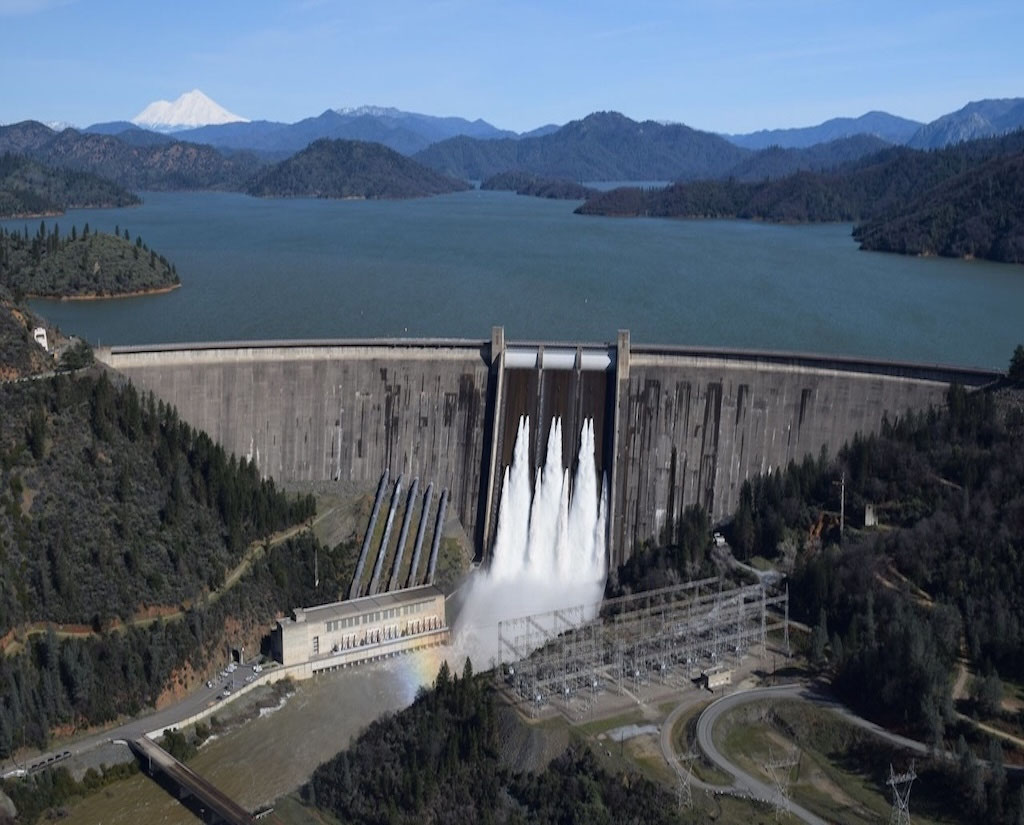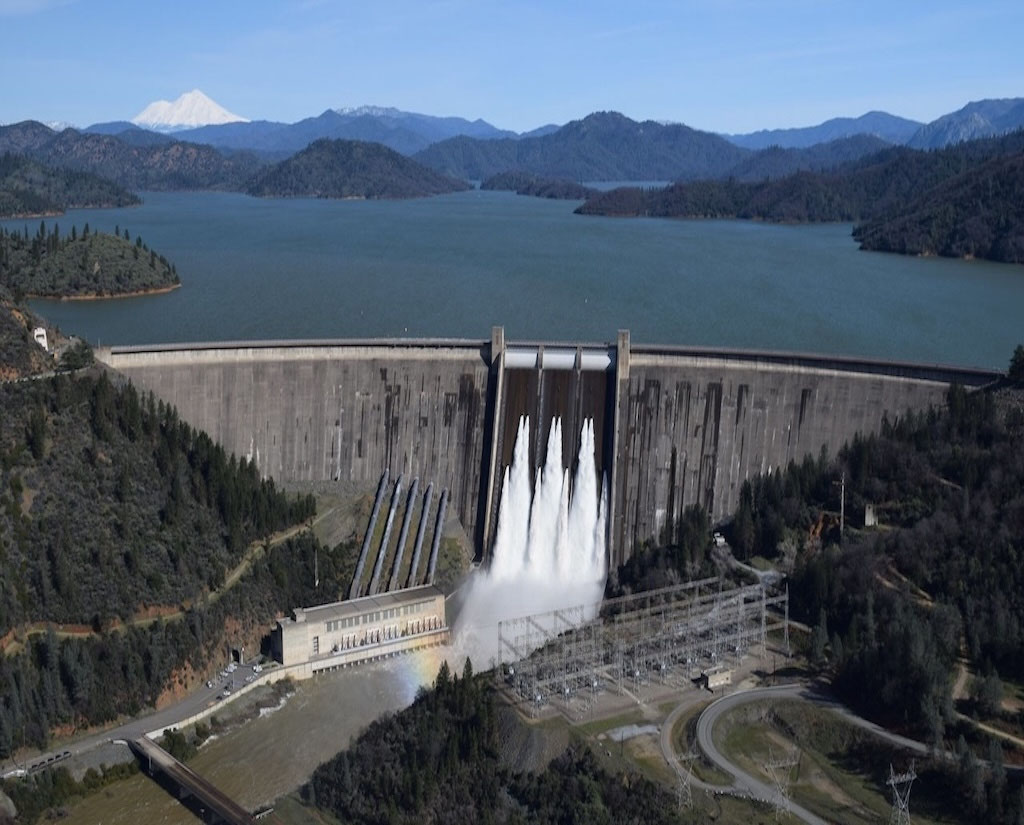
October 4, 1957 was a momentous day in space history: It was the day the Soviet Union (USSR) successfully launched its Sputnik 1 satellite into the Earth’s orbit. This technological advancement was a first for the world and sparked the space craze movement. Since Sputnik 1, there have been over 8,500 spacecraft launches from countries around the globe. Though space exploration has led to countless positive scientific discoveries and advances, it hasn’t come without its problems. Specifically, the problem of waste management.
Waste Circulating Earth
We’ve been invading space for more than half a century, which means there is half a century's worth of trash in Earth's orbit to deal with. This includes space debris of all shapes and sizes. For example, there are roughly 22,000 pieces of space junk that are more than 10 cm wide. These could be anything from old rocket bodies from shuttle launches to nonfunctional satellites. This debris translates into approximately 7,000 tonnes of trash. Then there’s the logistics of figuring out how to catch it. Space debris travels at roughly 17,500 mph. Being hit by even a small piece measuring 1 cm in diameter can cause extensive damage to both equipment and astronauts making it a real threat to future missions. But beyond the weightless galactic trash occupying Earth’s orbit, another waste management issue that poses a challenge to deep space travel is how to deal with all the trash produced by astronauts.
Where To Put The Trash?
Taking out the trash is something humans do on a regular basis. But unlike waste on Earth which can easily go to a recycling depot or landfill, when you’re in space there’s nowhere to take it too. Currently on the International Space Station, astronauts store garbage in trash bags. But because space is limited, the trash gets sent out on commercial supply vehicles which either go to Earth or burn up on reentry. But what happens when astronauts go on a lengthy two-plus-year Mars Mission far away from Earth? The question then becomes less about where to put waste and more about how to convert waste streams and make use of it.
Introducing OSCAR
The Orbital Syngas/ Commodity Augmentation Reactor project, known as OSCAR, is one of the ways NASA is using technology to turn astronauts' trash into useful resources. OSCAR eats garbage (like toothpaste and food packaging) then turns it into useful gasses that can be used for fuel. Converting trash into gasses needs to be safe for both the crew and the planet. To date, OSCAR has had one three-minute microgravity flight to test its features but more long-duration microgravity studies are needed before the technology is ready for deep space missions like Mars.
The Next Evolution of Waste-To-Energy
The process to manage waste in space while ensuring astronaut safety is ever-evolving, but the search for the next era of great trash solutions continues. If you’re inspired to help NASA push further into the cosmos, we need your ideas of how to make the most of the limited resources onboard a spacecraft. NASA wants to hear your ways to convert waste into base materials and other useful things, like propellant or feedstock for 3D printing. This is an incredible opportunity to be a part of science, research, and history! Review the Waste To Base Challenge details before it closes March 15, 2022.








